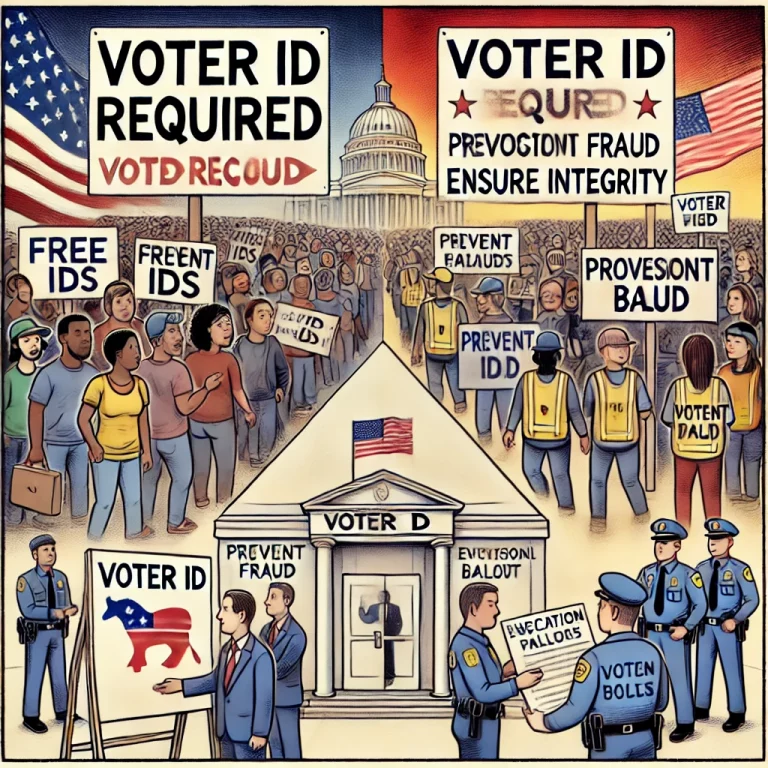Explore how cognitive biases influence our perception and decision-making in the digital age and discover strategies to counter disinformation effectively.
The groundbreaking research by Israeli psychologists Daniel Kahneman and Amos Tversky in behavioral economics offers critical insights into how cognitive biases shape our decisions and perceptions, particularly in the context of today’s information-saturated world. Their findings are instrumental in understanding why people fall prey to disinformation and how biases lead to flawed reasoning, often unconsciously.
Exploring Key Cognitive Biases
- Confirmation Bias: This prevalent bias involves the tendency to seek and prioritize information that confirms pre-existing beliefs, disregarding contradictory evidence. This bias is particularly concerning in the realm of disinformation, as it leads to the acceptance and dissemination of false information aligning with individual biases.
- Availability Heuristic: People often assess the likelihood of events based on their ability to recall similar instances. In our era of constant media exposure, this leads to an overestimation of the frequency and credibility of sensationalized or emotionally charged misinformation.
- Anchoring Bias: This occurs when individuals rely too heavily on the first piece of information encountered (the “anchor”) to make subsequent judgments. Initial exposure to misinformation can shape and distort later perceptions and beliefs.
- Bandwagon Effect: Here, individuals adopt beliefs or behaviors because they appear popular or widespread. The perceived ubiquity of certain disinformation can falsely validate its truth.
- Prospect Theory: Highlighting the disparity between the fear of loss and the allure of gain, this theory explains the psychological challenge of changing one’s mind. The discomfort of abandoning familiar beliefs often outweighs the intellectual gain of embracing new perspectives.
Emotions and Decision-Making
Kahneman and Tversky also underscored the potent role of emotions in decision-making. Emotional responses can eclipse rational analysis, making people more susceptible to emotionally charged disinformation, exploiting fears, and triggering outrage.
Combating Disinformation with Awareness and Education
Understanding these biases is the first step in developing robust defenses against disinformation. Initiatives like fact-checking, media literacy education, and fostering critical thinking are essential. Encouraging skepticism and the verification of information through multiple trusted sources can mitigate the impact of biased reasoning.
Conclusion
The legacy of Kahneman and Tversky’s research highlights the deep-seated nature of cognitive biases and their significant influence on our perceptions and decisions. In the battle against disinformation, recognizing and addressing these biases is crucial. By promoting awareness and strategic interventions, we can equip individuals to sift through the digital information deluge with increased clarity and resilience.




